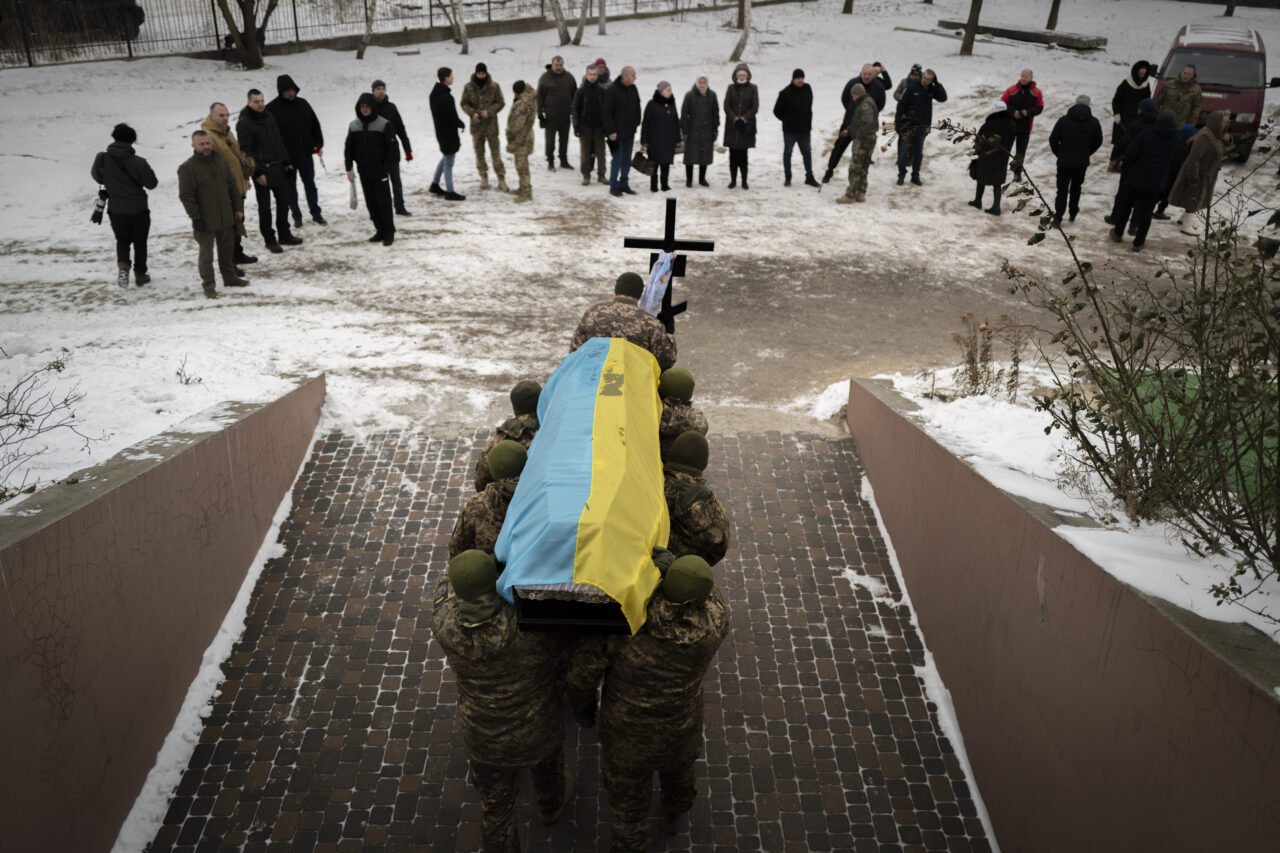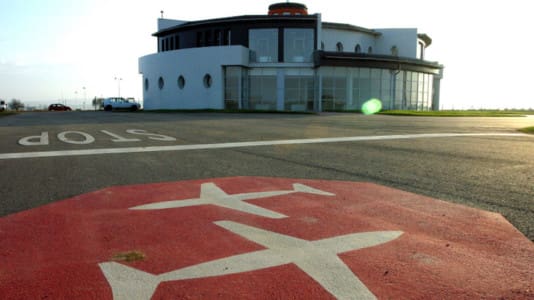Buried in Hungarian Prime Minister Viktor Orbán’s speech shortly before the end of 2022 was a statement he made about the massive loss of life ethnic Hungarians have suffered while fighting in the Ukrainian armed forces.
“We have to stay out of the war in any case, partly because there are many Hungarians in our neighborhood, and partly because war is always bad. People are dying every day, hundreds of Hungarians have already died in this war, conscripted into the Ukrainian army, and we are dealing with a war that is not only taking place in our neighborhood, but which has the peculiarity of only having had casualties so far,” said Orbán.
The loss of ethnic Hungarians in Ukraine has remained mostly an untold story, and Orbán’s latest statement regarding ethnic Hungarian casualties has not been examined by any media outlets. Most of the world is generally unaware that Ukraine has a population of 150,000 ethnic Hungarians. At one time, Ukraine’s ethnic Hungarian population lived in Hungarian territory, but Ukraine annexed this territory at the end of the First World War following the Treaty of Trianon. As a result, most people are also unaware that a sizeable number of ethnic Hungarians are actively fighting in Ukraine’s armed forces.
There have been few reports from Hungarian media about the number of ethnic Hungarians who have died fighting for Ukraine, including in Hungarian-language news portals based in Ukraine. Orbán said earlier in the conflict that approximately 86 Hungarians had died in the conflict, but he made no mention of whether they were civilians or soldiers, nor did he provide any other information about this number.
In the latest statement, he is more specific, referring to Hungarians dying who were conscripted by Ukrainian forces. He also gives a far higher figure, saying hundreds have died.
[pp id=41676]
While Ukraine may internally keep track of how many Hungarians are fighting and dying in its army, the country does not appear to have ever released any information about casualties for this specific group.
The question then arises, where is Orbán getting these numbers?
There are a few possibilities. For one, Hungary has its own intelligence services, and no doubt they have contacts within the Hungarian community in Ukraine. They may be keeping an unofficial tally of how many ethnic Hungarians have died in the conflict, even if that number cannot be 100 percent accurate. In other words, Orbán may know more than the public, and he may be revealing this information to underline why Hungary has another vested interest in ending the war.
Another possibility is that this casualty data may have been provided to Hungary directly by Ukrainian intelligence, but given the bad blood between the two countries, this is an unlikely scenario.
Nevertheless, there is some evidence that supports Orbán’s casualty figure.
Before the war, Ukraine had a population of 43 million, which included 150,000 Hungarians, which amounts to approximately 0.3 percent of the population. If figures from various sources are accurate that Ukraine has lost 100,000 troops so far, then 0.3 percent of that number would mean about 300, which does match what Orbán is claiming. Even if a low estimate is assumed, anything over 200 deaths constitutes “hundreds,” and Orbán never provided an exact figure.
There is another element that also needs to be taken into consideration, and that is the historically poor treatment of the Hungarian population in Ukraine, which has led to mixed emotions from some of Ukraine’s Hungarians regarding their national homeland. Ukraine has actively restricted the language rights of its Hungarian minority and repressed this population in other ways. Hungarians have also been the victim of Ukrainian nationalist attacks, including arson, which the Hungarian government has actively protested.
Before the war, relations between Hungary and Ukraine were already fraught, but given Orbán’s refusal to provide weapons to Ukraine or allow the transit of weapons through his country, the Hungarian prime minister has been added to ultra-nationalist kill lists. The Ukrainian government has also been accused of interfering in Hungary’s elections to remove Orbán from power, and Hungary has been accused of trying to annex Ukraine’s western territory. These claims came despite Hungary taking in hundreds of thousands of Ukrainian refugees and, on the whole, supporting nearly every element of the EU’s sanctions packages against Russia.
There is little doubt that some of this animosity has spilled over into relations between Ukrainians and ethnic Hungarians in the country. There have been active protests against conscription in Ukraine from the Hungarian population there.
Orbán’s word choice is also worth noting. He did not refer to Hungarian “volunteers” dying in Ukraine, but instead notes they are “conscripts,” implying that there are few Hungarians with the motivation to actually volunteer to fight and die for Ukraine.
Given Ukraine’s past treatment of this population, there is little wonder that Hungarians may be reluctant to serve in the armed forces — even if they adamantly reject Russia’s invasion of the country. Nevertheless, in all likelihood, ethnic Hungarians are serving in large numbers actively fighting in the east of the country. Many have also probably lost their lives defending a country that would not even allow them to speak their own language.
Orbán’s reference to Hungarian deaths may be a small footnote in the overall conflict, but for a leader who has made a personal political objective to care for the country’s diaspora, the situation of these Hungarians likely remains an important foreign policy issue.
Ultimately, the actual number of ethnic Hungarian casualties in Ukraine remains to be seen. This data may be declassified after the war assuming it is being collected. On the other hand, such information may never see the light of day.






